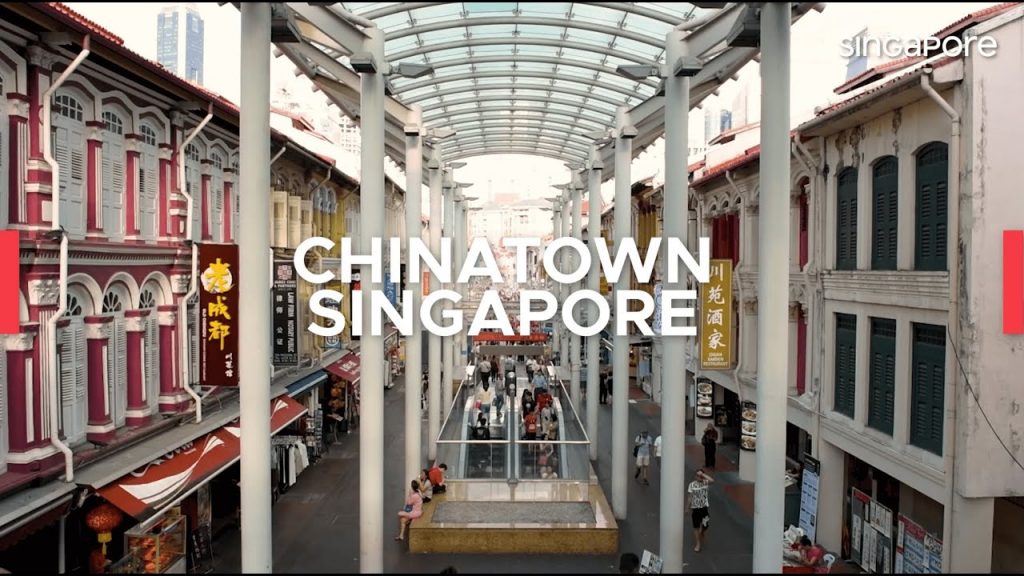Singapore, a vibrant city-state in Southeast Asia, is a melting pot of cultures, cuisines, and architectural marvels. Each neighborhood in Singapore offers a unique slice of the city’s rich tapestry.
This article delves into 8 Biggest cities in Singapore, providing a detailed exploration of their histories, attractions, and cultural significance.
8 Biggest cities in Singapore are Chinatown, Little India, Orchard Road, Civic District, Geylang Red Light District, Sentosa Island, Kampong Glam, and Tiong Bahru.
8 Biggest cities in Singapore
1. Chinatown City in Singapore
History and Culture: Chinatown is one of Singapore’s most iconic neighborhoods, with a rich history that dates back to the 19th century. It was established as a settlement for Chinese immigrants and has since evolved into a bustling district that celebrates Chinese culture and heritage.
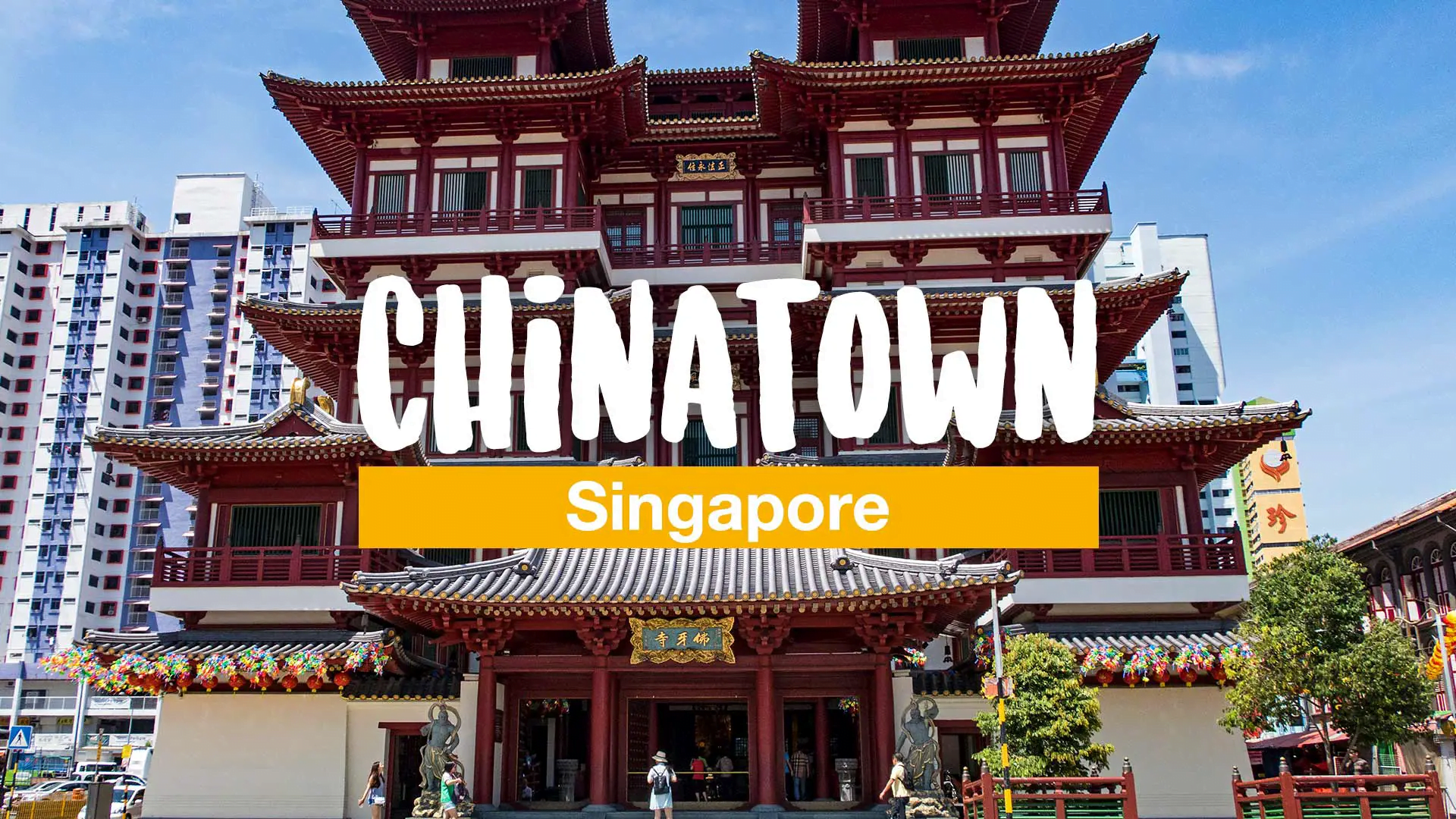
Key Attractions:
- Buddha Tooth Relic Temple: A stunning temple that houses a sacred relic of the Buddha’s tooth.
- Chinatown Heritage Centre: A museum that offers insights into the lives of early Chinese settlers.
- Sri Mariamman Temple: Singapore’s oldest Hindu temple, showcasing intricate Dravidian architecture.
- Street Markets: The vibrant street markets offer a variety of traditional Chinese goods, souvenirs, and delicious street food.
Cultural Significance: Chinatown in Singapore is not just a tourist attraction but a living, breathing community where traditional festivals like Chinese New Year are celebrated with grandeur. The area is also home to various clan associations and temples that preserve Chinese customs and traditions.
2. Little India
History and Culture: Little India is a vibrant enclave that reflects the rich culture and heritage of the Indian community in Singapore. The area was originally a settlement for Indian laborers in the early 19th century and has grown into a bustling neighborhood filled with color, spice, and life.
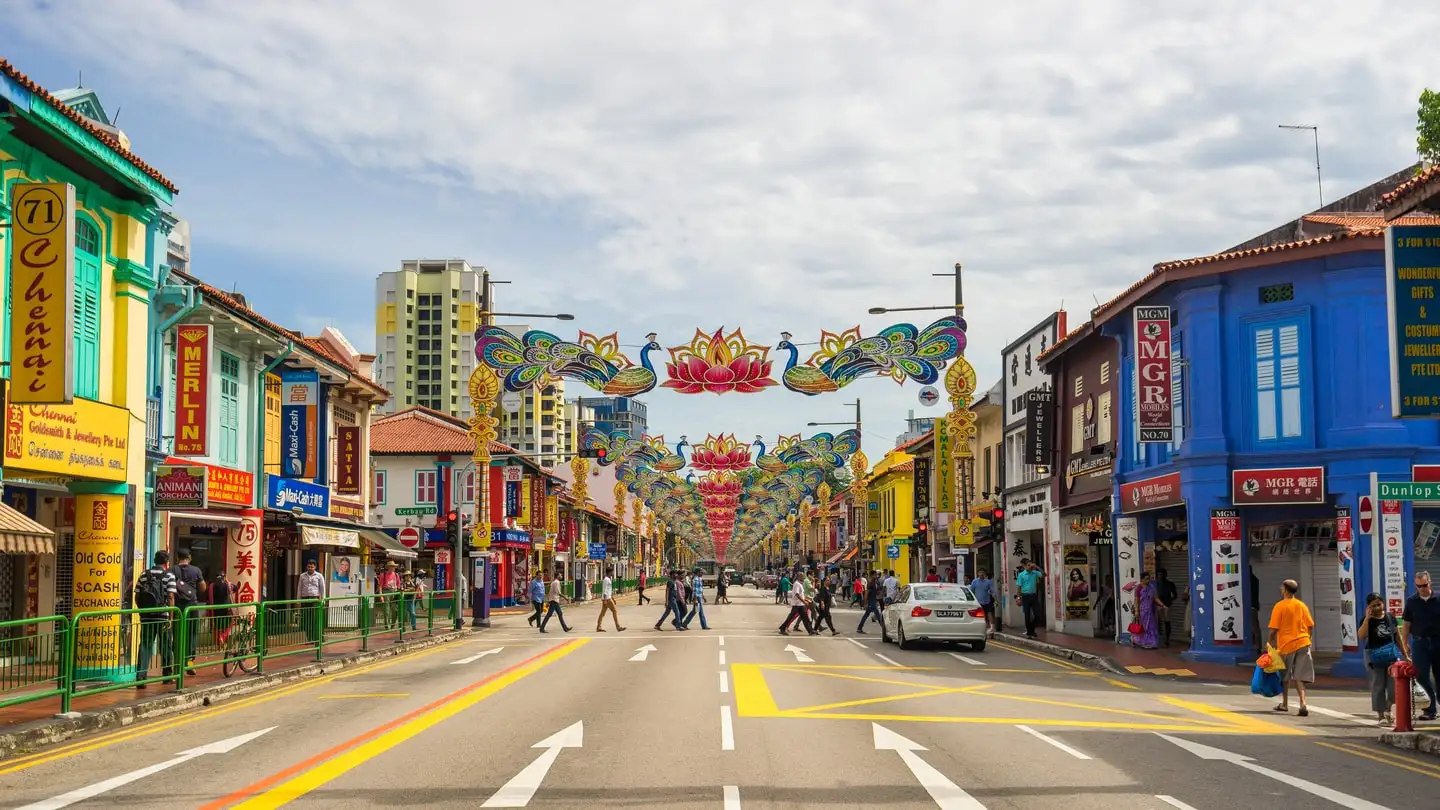
Key Attractions:
- Sri Veeramakaliamman Temple: One of Singapore’s oldest Hindu temples, dedicated to the goddess Kali.
- Tekka Centre: A popular market that offers a wide range of Indian foods, textiles, and fresh produce.
- Mustafa Centre: A 24-hour shopping mall that sells everything from electronics to groceries.
- Serangoon Road: The main thoroughfare, lined with shops selling traditional Indian goods and vibrant decorations.
Cultural Significance: Little India is the heart of the Indian community in Singapore. Festivals such as Deepavali and Thaipusam are celebrated with great enthusiasm, showcasing traditional music, dance, and rituals. The area also serves as a cultural bridge, introducing visitors to the diverse facets of Indian culture.
3. Orchard Road
History and Culture: Orchard Road is Singapore’s premier shopping and entertainment district. Named after the fruit orchards that once lined the street, it has transformed into a bustling boulevard that attracts both locals and tourists.
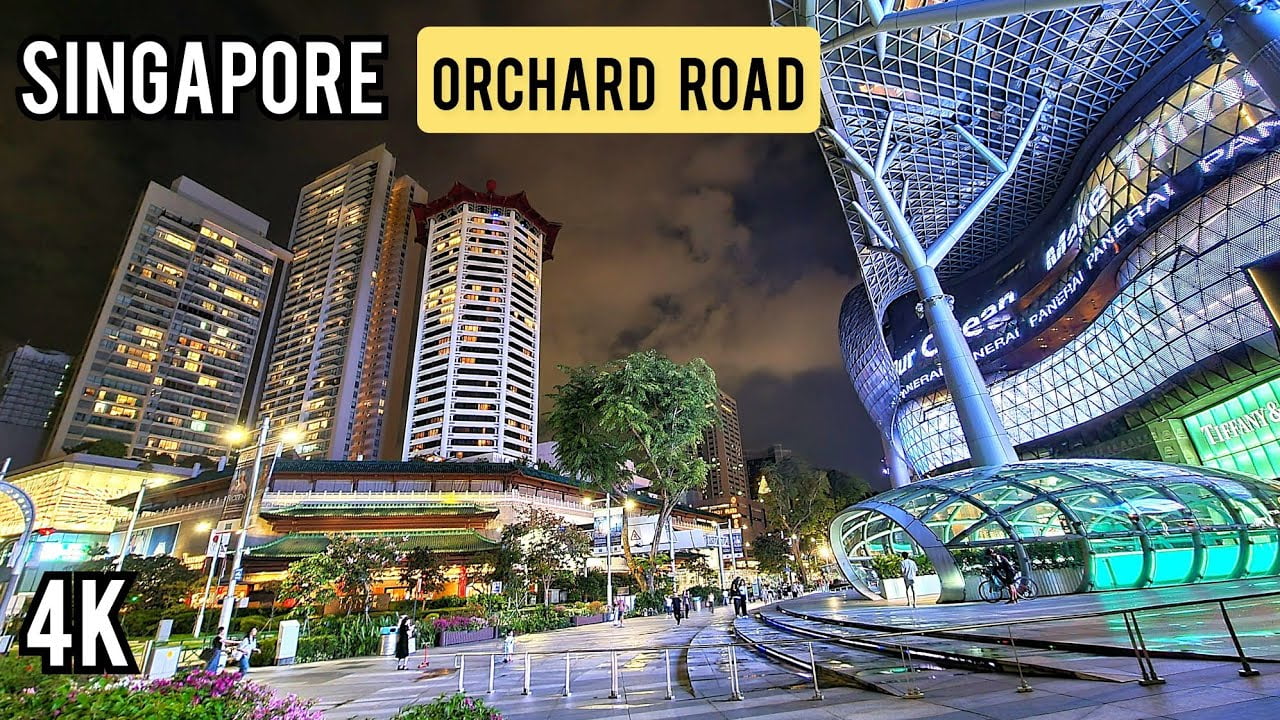
Key Attractions:
- ION Orchard: A futuristic shopping mall offering luxury brands and gourmet dining.
- Ngee Ann City: Home to the iconic Takashimaya department store and a variety of high-end retailers.
- Orchard Central: Known for its unique architectural design and rooftop garden.
- Plaza Singapura: A popular mall catering to families and young shoppers.
Cultural Significance: Orchard Road is synonymous with shopping in Singapore. The district hosts numerous events throughout the year, including the Great Singapore Sale and Christmas light-ups, making it a lively and dynamic part of the city.
4. Civic District
History and Culture: The Civic District is the historic heart of Singapore, where many of the city’s most important cultural and governmental institutions are located. It is home to beautiful colonial-era architecture and landmarks that tell the story of Singapore’s journey from a British colony to a modern metropolis.

Key Attractions:
- National Gallery Singapore: Housed in the former Supreme Court and City Hall, it showcases Southeast Asian art.
- Asian Civilisations Museum: Explores the diverse cultural heritage of Asia.
- Victoria Theatre and Concert Hall: A historic venue for performing arts.
- Padang: A large open field surrounded by important buildings, often used for national events.
Cultural Significance: The Civic District is a testament to Singapore’s colonial past and its development into a global city. It is a place where history and modernity coexist, offering visitors a chance to explore the cultural and political evolution of Singapore.
5. Geylang Red Light District
History and Culture: Geylang is known for its vibrant nightlife and diverse culinary offerings. Historically, it has been a hub for traditional trades and businesses, but it is also notorious for its red-light district.
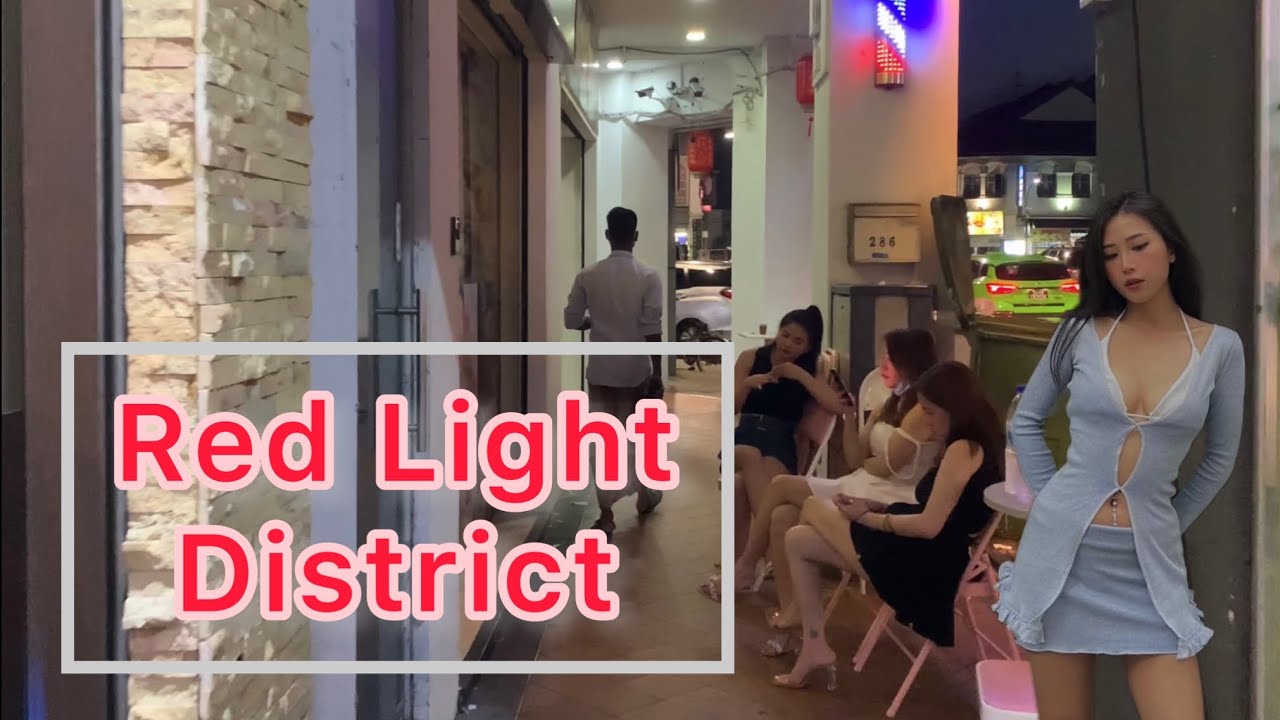
Key Attractions:
- Geylang Serai Market: A bustling market known for its Malay and Indian food stalls.
- Lorong 24A Shophouses: Beautifully restored Peranakan shophouses that reflect the area’s architectural heritage.
- Nightlife: Geylang is famous for its nightlife, with numerous bars, karaoke lounges, and entertainment venues.
Cultural Significance: Despite its reputation, Geylang is a culturally rich area that offers a glimpse into Singapore’s traditional trades and diverse food scene. The area is also known for its vibrant street life and unique blend of old and new.
6. Sentosa Island
History and Culture: Sentosa Island is a popular resort destination located just off the southern coast of Singapore. Originally a British military base, it has been transformed into a premier leisure and entertainment hub.
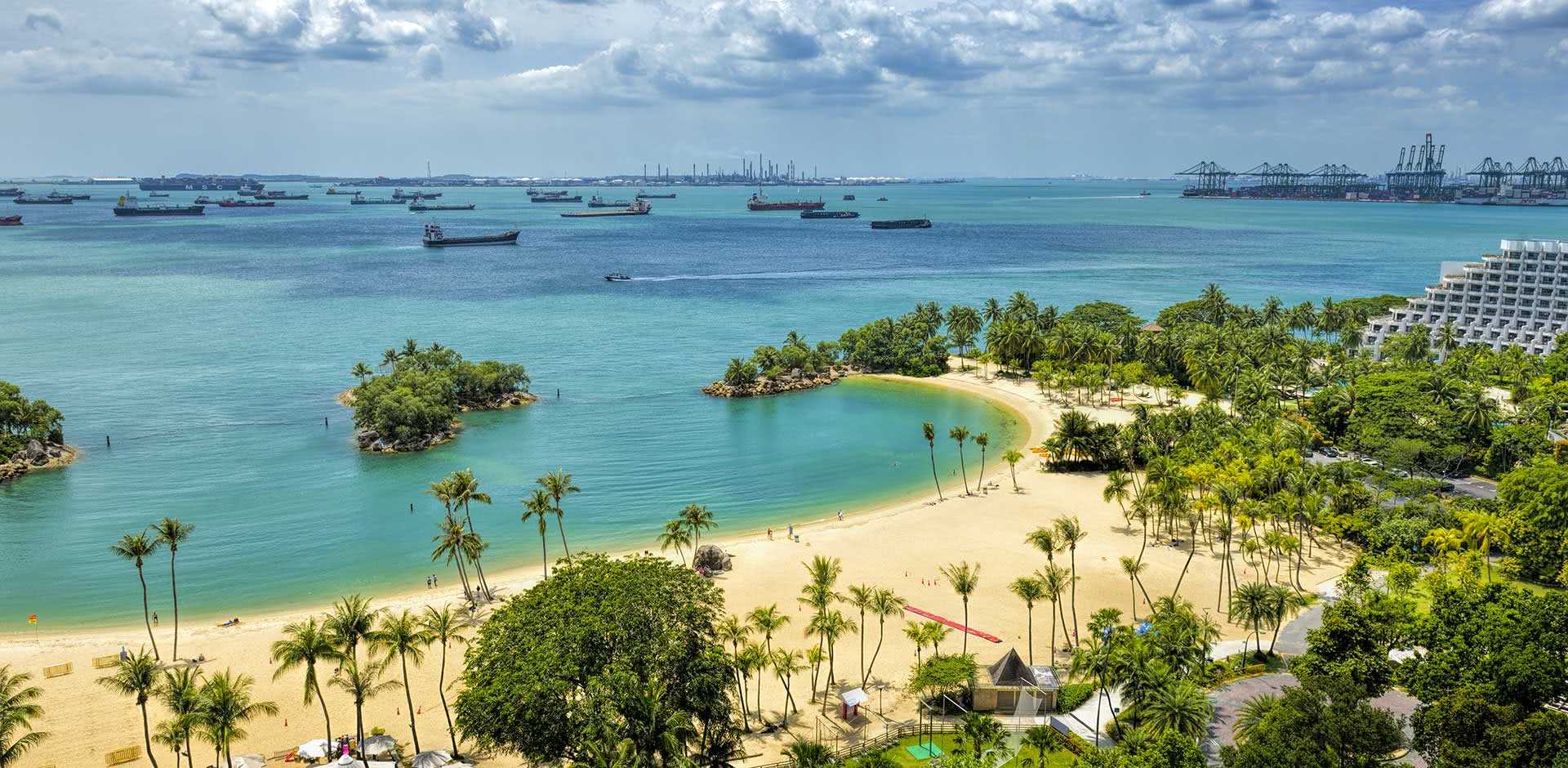
Key Attractions:
- Universal Studios Singapore: A world-class theme park offering thrilling rides and attractions.
- S.E.A. Aquarium: One of the largest aquariums in the world, home to diverse marine life.
- Sentosa Beaches: Beautiful beaches such as Siloso, Palawan, and Tanjong Beach.
- Adventure Cove Waterpark: A water park with exciting slides and marine encounters.
Cultural Significance: Sentosa Island is synonymous with leisure and relaxation. It offers a wide range of activities for families, adventure seekers, and those looking to unwind. The island is also home to several luxury resorts and golf courses, making it a top destination for both locals and tourists.
7. Kampong Glam
History and Culture: Kampong Glam is a historic district that was once the seat of the Malay royalty in Singapore. Today, it is a vibrant cultural precinct that showcases the Malay and Muslim heritage of the city.
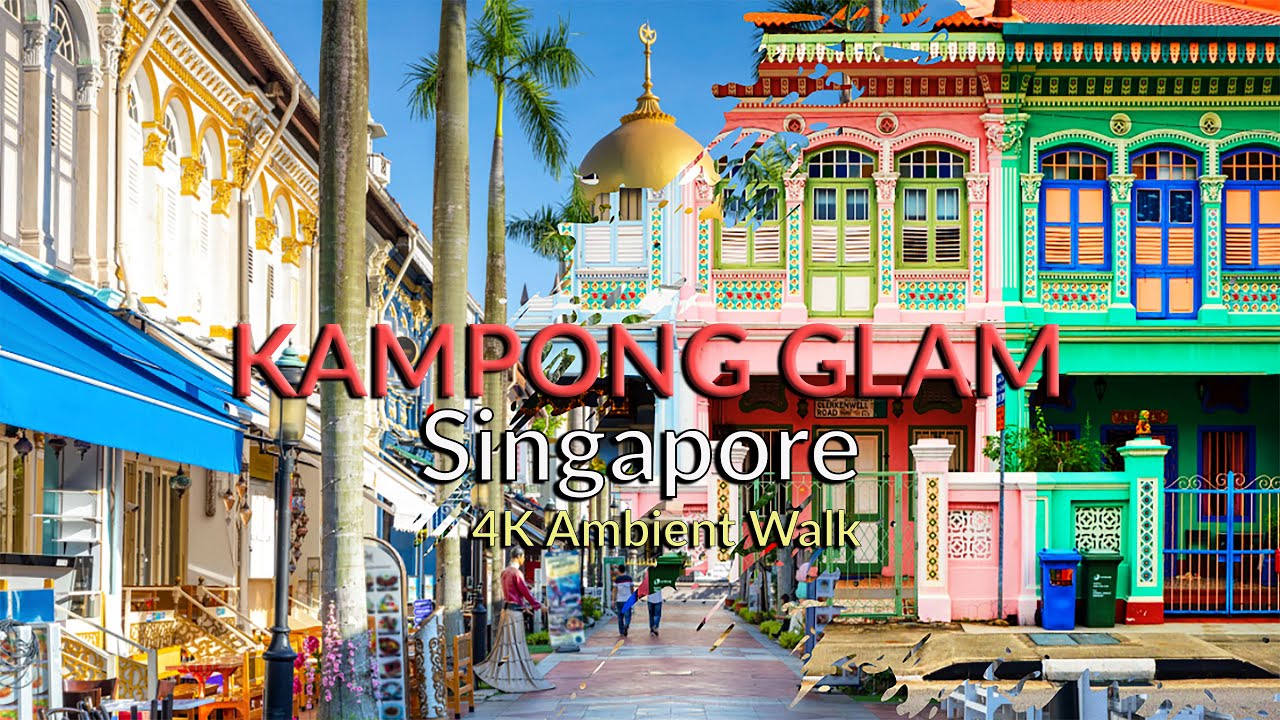
Key Attractions:
- Sultan Mosque: A stunning mosque with a golden dome, serving as the focal point of the area.
- Arab Street: Known for its eclectic mix of shops selling textiles, carpets, and traditional crafts.
- Haji Lane: A hipster haven with trendy boutiques, cafes, and street art.
- Malay Heritage Centre: A museum that explores the history and culture of the Malay community in Singapore.
Cultural Significance: Kampong Glam is a testament to Singapore’s multiculturalism. It is a place where traditional Malay and Muslim customs are preserved and celebrated. The area comes alive during Ramadan and Hari Raya Puasa, with vibrant bazaars and festive decorations.
8. Tiong Bahru
History and Culture: Tiong Bahru is one of Singapore’s oldest residential neighborhoods, known for its unique blend of Art Deco architecture and hipster culture. It was developed in the 1930s as Singapore’s first public housing estate.
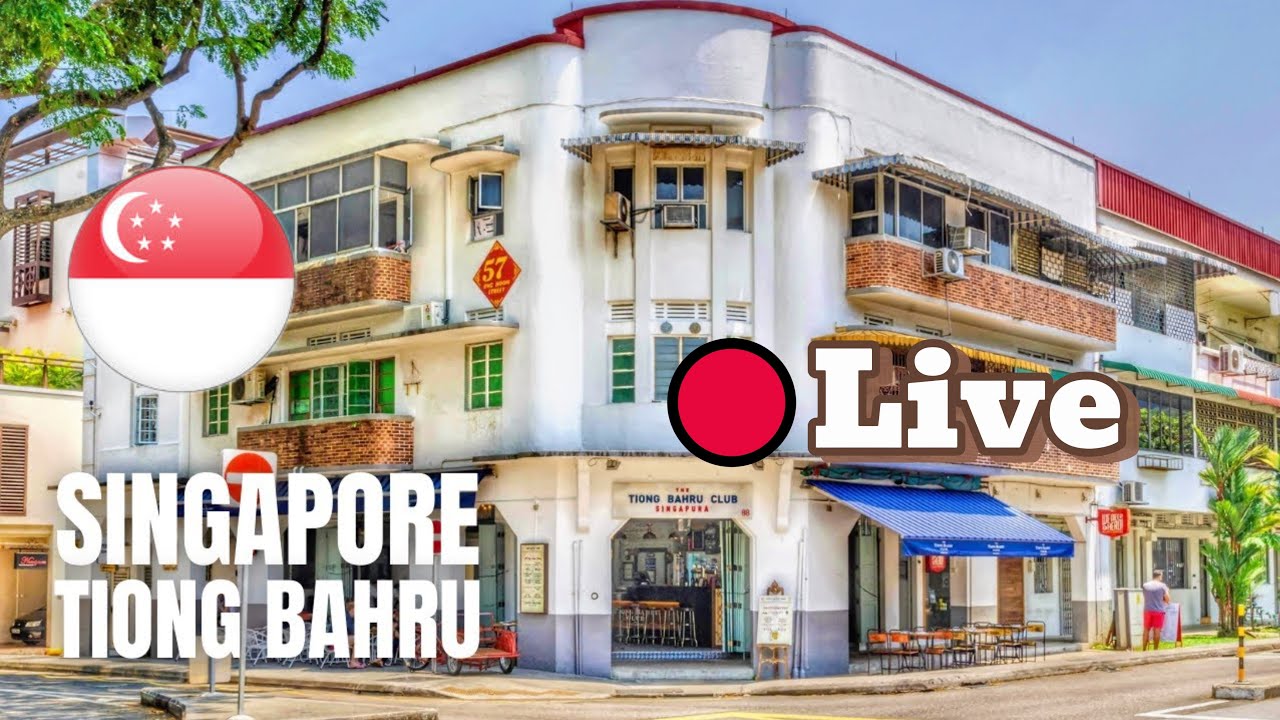
Key Attractions:
- Tiong Bahru Market: A popular hawker center offering a wide variety of local delicacies.
- BooksActually: An independent bookstore that is a favorite among locals and tourists.
- Art Deco Buildings: The neighborhood is known for its distinctive pre-war architecture.
- Hip Cafes and Boutiques: Tiong Bahru is home to numerous trendy cafes, bakeries, and boutique shops.
Cultural Significance: Tiong Bahru represents the perfect blend of old and new in Singapore. It is a neighborhood that has retained its historical charm while embracing modernity. The area’s unique architecture and vibrant street life make it a must-visit for anyone looking to experience a different side of Singapore.
Conclusion
Singapore is a city of contrasts and diversity, where each neighborhood offers a unique experience. From the historic charm of Chinatown and Little India to the modern allure of Orchard Road and Sentosa Island, there is something for everyone in this dynamic city.
Whether you’re a history buff, a foodie, a shopaholic, or an adventure seeker, Singapore’s neighborhoods provide a rich tapestry of experiences that reflect the city’s multicultural heritage and modern vibrancy.
Exploring these eight major areas will give you a deeper understanding of Singapore’s cultural and historical landscape, making your visit to the Lion City truly unforgettable.

